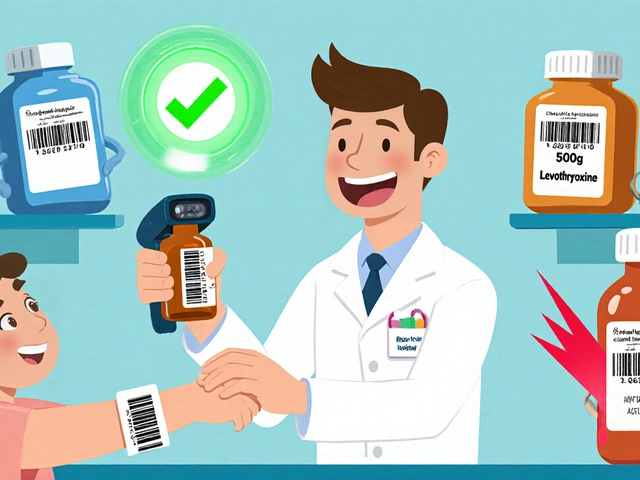Chondroitin: What It Is, How It Works, and What You Need to Know
When you think about joint pain, especially in your knees or hips, you might have heard of chondroitin, a naturally occurring molecule in cartilage that helps retain water and maintain cushioning in joints. Also known as chondroitin sulfate, it’s one of the most common supplements people take for joint comfort, often paired with glucosamine. It’s not a drug—it’s a building block. Your body makes it naturally, but as you age or if you have osteoarthritis, your cartilage breaks down faster than your body can rebuild it. That’s where chondroitin supplements come in: they try to give your joints the raw materials they’re missing.
Chondroitin doesn’t fix damaged cartilage overnight, but it may help slow down the breakdown. Studies show it can reduce joint pain and stiffness over time, especially when taken consistently for months. It works by blocking enzymes that chew up cartilage and helping cartilage hold onto water, which keeps it springy and resilient. You’ll often see it bundled with glucosamine, another cartilage component that helps stimulate the production of new joint tissue. Together, they’re a common duo in joint health formulas, though each works differently. Chondroitin protects, glucosamine rebuilds. Neither is a magic pill, but for many people, the combination offers real relief.
It’s not just for knees. People take chondroitin for hip, hand, and spine joint issues too. If you’ve been told you have osteoarthritis, your doctor might mention it—even if they don’t prescribe it. That’s because it’s widely available over the counter and has a strong safety record. Side effects are rare and mild—maybe a little stomach upset. It’s not a blood thinner, so it’s usually safe even if you’re on other meds, but always check with your provider if you’re on anticoagulants or have a bleeding disorder. There’s also growing interest in how chondroitin might help with inflammation beyond joints, though that research is still early.
What you won’t find in most supplement bottles is pure chondroitin. It’s almost always mixed with glucosamine, MSM, or collagen. That’s because the science points to better results when these compounds work together. The best products use pharmaceutical-grade chondroitin sulfate, with clear labeling on dosage—typically 800–1200 mg per day. Cheaper brands might skimp on quality, so look for third-party tested labels. And remember: results take time. Most people don’t feel changes until after 2–3 months of daily use.
There’s a lot of noise out there about joint supplements. Some claim miracles. Others say it’s all placebo. The truth? Chondroitin isn’t a cure, but for millions with osteoarthritis, it’s a practical, low-risk tool that helps them move better, feel less pain, and stay active. Below, you’ll find real discussions on how chondroitin fits into broader health strategies—from its role in managing arthritis to how it interacts with other treatments and supplements. These aren’t ads. They’re honest reviews, comparisons, and science-backed insights from people who’ve tried it—and kept going.

Pilex vs Alternatives: Detailed Comparison of Leading Joint Pain Supplements
Compare Pilex with top joint supplements, see ingredient mixes, price, safety and who should choose each option.





